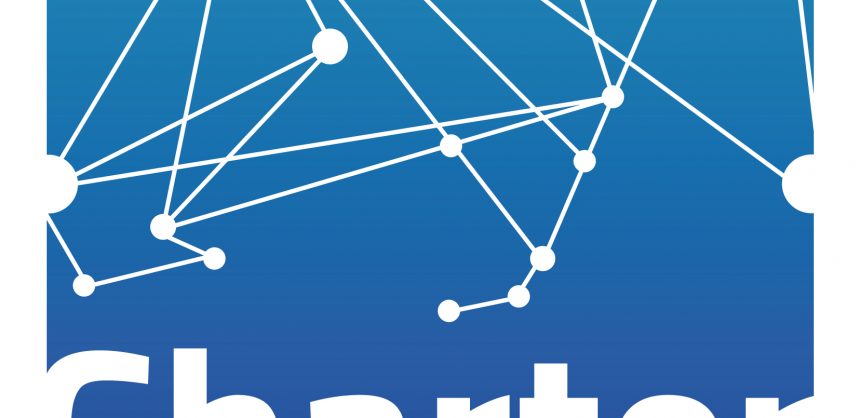
NEW CHARTER Alliance Report: gaps and needs in cultural heritage educational and training programmes
The European Cultural Heritage Skills Alliance CHARTER, Erasmus+ funded project, has released a new report: “Identifying gaps and needs in the educational and training programmes” by Work Package 3 (Vocational Education and Training and beyond). Looking back at the analysis of educational and training (E&T) offers performed by WP3, as well as findings of WP2 and WP4, this new report aims to identify what is missing in the skills, including transversal ones, and competences transmission in relation to the needs of the cultural heritage labour market. The goal is to provide policy makers, E&T providers, heritage institutions and their network of CH stakeholders with indications on how to address the interventions to have CH professionals adequately trained to operate in a well-functioning CH ecosystem.
As a preamble, it is crucial to recognize the strong connection between gaps and needs in heritage E&T and the broader role this sector plays in society. The lack of recognition for cultural heritage professions and the ambiguous boundaries of related job profiles impacts the design of educational programs and result in gaps in the educational offerings. The omission of cultural heritage occupations in statistical surveys, particularly in terms of their economic impact, further hinders the development of tailored learning outcomes and the quality of education and training. This lack of specific information leads to an inadequate analysis and forecasting of the cultural heritage sector, ultimately leading to a misunderstanding of skills needs and gaps in both initial and continuing education and training.
This new CHARTER delivery results from the compilation of huge amount of quantitative and qualitative information collected through document reviews, survey, semi-structured key informal interviews and focus groups discussions. The analysis is strictly qualitative, based on data, analysis, experiences and workshop results produced within the CHARTER consortium. It is important to highlight that the report focuses on identifying meaning or finding correspondences, rather than providing statistical data. In this sense, some of the key findings include:
- High demand of transversal skills and multidisciplinary approach.
- Significant necessity of digital training, pushed by the pandemic crisis. The rise of digital technologies is one the most important drivers of change in the contemporary CH sector, not only to enhance access to heritage, but to upskill professionals.
- Need for making the professional practice sustainable to face external global challenges in an innovative, long-lasting and impacting way.
- Learning outcomes of educational paths should be connected to professional profiles.
- The most pressing skills shortage concerns transversal subjects needed to face the challenges that affect the sector, involving skills related to social development, management, entrepreneurship, communication, digital, regulatory frameworks, etc.
- Employment dynamics are affected by the lack of visibility of heritage professions and jobs in the statistical and professional classification systems at national and transnational level, where emerging skills slowly get recognised and integrated because they blur the boundaries of traditional codification of the sector.
Continue reading the Full Report in the Results section of CHARTER’s website.
- Learn more about CHARTER Alliance: https://charter-alliance.eu/
- Subscribe to the newsletter: http://bit.ly/CHARTER-newsletter
About CHARTER
CHARTER, the European Cultural Heritage Skills Alliance, brings together and represents the whole range of the cultural heritage sector in Europe. The 47 project partners strive towards making apparent the value of cultural heritage and creating a resilient and responsive sector.
CHARTER works towards creating a lasting, comprehensive strategy that will guarantee Europe has the necessary cultural heritage skills to support sustainable societies and economies.The Erasmus+ funded project maps the current and future needs of the sector to bridge the gap of skills shortages and mismatches between the educational and occupational fields.
